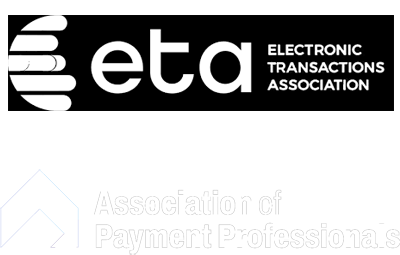29 Jun

Processing credit card payments online has become a fundamental requirement for businesses in today’s age. Whether you run an e-commerce store or offer online services, understanding how to process credit card payments is crucial. In this comprehensive guide, we will walk you through the step-by-step process of processing credit card payments online. From selecting a payment gateway to implementing secure payment methods, we’ll cover everything you need to know to optimize your online payment processing and provide a seamless experience for your customers.
Choosing a Payment Gateway
Understand the Role of a Payment Gateway
A payment gateway is a secure online platform that connects your website or e-commerce store to the payment networks. It facilitates the transfer of transaction data securely between your customers, your business, and the payment processor.
Considerations When Choosing a Payment Gateway
Evaluate factors such as security, pricing, integration options, supported payment methods, and customer support when selecting a payment gateway. Look for a provider that aligns with your business needs and offers features that enhance the payment experience.
Setting Up an Online Merchant Account
Apply for an Online Merchant Account
To process credit card payments, you will need to set up an online merchant account with a payment processor or acquiring bank. Complete the application process, provide the necessary documentation, and undergo underwriting to assess your business’s eligibility. PayBlox helps bring multiple processors to you all at once so you can streamline your options.
Compliance and Security Requirements
Ensure your online business adheres to Payment Card Industry Data Security Standard (PCI DSS) compliance requirements. Implement security measures such as SSL certificates, encryption, and tokenization to safeguard customer data during payment transactions.
Integrating the Payment Gateway
Choose Integration Method
Depending on your website or e-commerce platform, select the appropriate integration method offered by the payment gateway. Common integration options include hosted payment pages, API integration, and plugins/extensions. Credit Card Processing Companies always have a select gateways they already work with. Be sure to inquire.
Implementing Payment Buttons and Forms
Integrate payment buttons or forms on your website to allow customers to initiate the payment process. Customize the design to match your branding and provide clear instructions for customers to complete their transactions. Most web developers are familiar with this process for most gateways.
Accepting Credit Card Payments
Customer Checkout Process
When customers proceed to checkout, they will be redirected to the payment gateway’s secure page to enter their payment information. The payment gateway validates the transaction, performs fraud checks, and sends an authorization request to the card-issuing bank.
Authorization and Capture
Once the transaction is authorized, the payment gateway captures the funds from the customer’s credit card and places them in a temporary holding account. It verifies the transaction details and prepares for settlement.
Settlement and Reporting
Settlement Process
The payment processor initiates the settlement process, transferring the funds from the holding account to your designated bank account. Settlement times vary depending on the payment processor and your bank’s policies. Most low risk business owners received their funds within 24-48 hours.
Reporting and Analytics
Most payment gateways provide reporting and analytics tools that offer valuable insights into your transaction history, sales performance, and customer behavior. Utilize these tools to gain a deeper understanding of your business’s payment activity and identify opportunities for growth.
Credit Card Payments Don’t Have to Be Complex
Processing credit card payments online doesn’t have to be complex. By following the step-by-step guide outlined in this article, you can streamline your online payment processing and provide a seamless experience for your customers. Remember to select a reliable payment gateway, set up an online merchant account, integrate the payment gateway effectively, and implement secure payment methods. By doing so, you’ll optimize your online payment operations, build trust with your customers, and drive the growth of your business in the digital marketplace.






